8 Types of Branding Strategies For Businesses
Are you building a new business? Have you looked at the industry’s competitors? There must be some major players operating in the industry with a well-established brand name. If that’s the case, what’s your plan for dealing with these brands? Have you thought about how you would improve your branding strategy? Yes, your new company is a brand.
If you are unsure what branding strategies you can use to build your brand, This article is for you. Here I will help explain to you what branding strategies you can use to contribute to your company’s growth with a clear brand presence on the market.
What is a Brand & What is Branding?

The rough definition of a “brand” has been around for hundreds of years, but its purpose has not changed much. A brand communicates three main things: ownership, inspiration, and quality.
Most of the people we have conversations with believing that a brand consists of just some elements, such as colors, fonts, a logo, and a slogan. But there’s a lot more involved, like customer understanding, corporate values, tonality, personality, and purpose. In short, your brand is the entire identity of your company or organization.
A brand identity is everything a brand does, owns, and creates, thus representing its business’s principles and priorities. The implementation of this fundamental concept consistently builds and moves the organization forward. It allows you to articulate your belief system and your motivation to appeal to your audience.
“Branding,” then, is a visual system that helps the audience to recognize and experience your brand at all possible touchpoints. This is how you want to express the meaning of your company to the world.
Take a look at the American flag or the uniform of your favorite sports team. They are only fabric embroidered with stars and stripes or names and numbers. But to you, these things mean something. Having the flag or the logo of your team on your favorite T-shirt evokes a sense of pride and community, doesn’t it? That is called the perception of the customer, and it’s a crucial part of branding.
What is a branding strategy?
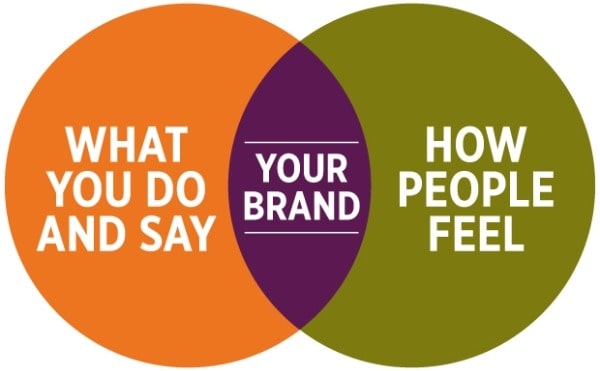
According to Marketing MO, a branding strategy allows you to communicate the personality of your brand to your potential customers. You can describe the individual of your brand and sell it to your customers. It’s not all about selling. You need to identify a personality offer that creates a positioning and, eventually, a long-term relationship with your customers. It is basically a set of processes or plans that you would use to help your product or service compete on the market.
With that explanation of a branding strategy in mind, there are a few things you need to consider when working on a specific branding strategy. This includes the following:
- A targeted and established target market
- Definition of the good or service you are offering.
- Proposed value of the commodity or brand
- Attractive and exclusive brand name or business name
You can’t hope to build a marketing plan in any way without getting these elements of your brand.
Types of Branding Strategies
Personal branding

At first, it might feel a little odd to think of a person as a brand. We’re not things, we’re people, after all. And we’ve got inborn identities, not cultivated brands. Well, that’s true. But when we talk about personal branding, we don’t talk about building a personality for yourself. We’re talking about creating a public person who communicates your particular personality precisely. Personal branding occurs on social media and in face-to-face settings where the opinion of others about you can have a huge effect on your professional and social reputation—in a positive or devastating way.
But how can you go about personal branding? By cultivating a public individual that directs people who see you attribute those characteristics and values to your character. Think of Cardi B. Love her or not, you can’t argue that she has a very simple, carefully designed personal brand. Her candidness about her background, her concentration on constantly hustling and growing her empire, her crass humor and her tongue sticking out are the common components of her personal brand that make her immediately identifiable in the crowd.
While you won’t actually want to brand yourself like Cardi B, you can learn a lot about how she cultivated her own personal brand.
For example, how you dress yourself for headshots, the kinds of photos and quotes you post on social media, the platforms that you want to focus your time on, and how you communicate with others, are among the pieces of personal branding that get together to present who you are as an individual to the world.
Read more: What is Personal Branding? 10 Inspiring Personal Brand Examples for you to learn
Product Branding
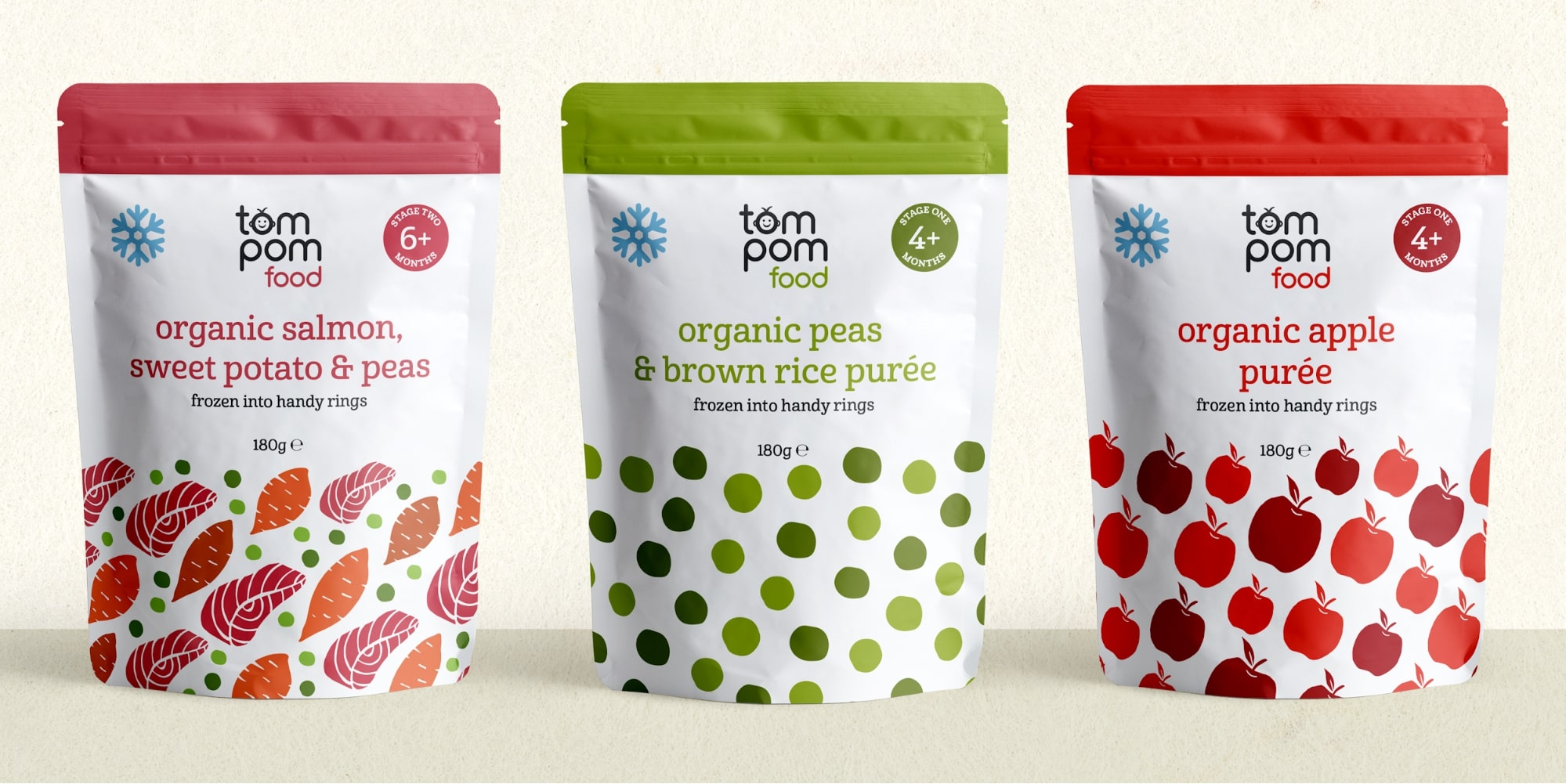
Product branding is the branding of a particular product. Much as personal branding includes cultivating public terminology and esthetics for yourself, product branding influences the way the world views your product via deliberate aesthetic choices.
With product branding, the aim is to introduce your product to the right audience. You may be a luxury furniture designer, for example. There is a particular category of buyer—also known as a customer avatar—who is responsible for most of your sales. Via careful product branding, you can make sure that those people who suit the avatar of your typical customer:
- Know your brand
- Visit your website
- Follow you on your marketing channels
- And, in the end, buy your furniture.
So, how do you tell the world that you are selling high-end items to customers who have the means and the appetite for luxury furniture? By means of branding that reflects these values—like a serif font, a subdued, neutral color palette for your website, logo, and marketing materials, and by choosing to sell furniture in shops that your target customer prefers to frequent, such as luxury department stores and independent boutiques.
Your branding will also apply to how you reach your target audiences, such as sending well-constructed lookbooks to current and prospective buyers using premium paper and binding. If you’re not certain how the color and font choices you use for your branding influence potential buyers’ view of your products, check out this article about Color Psychology and selecting the right font.
Read more: What is Product Branding? 7 Examples of Product Branding
Service Branding
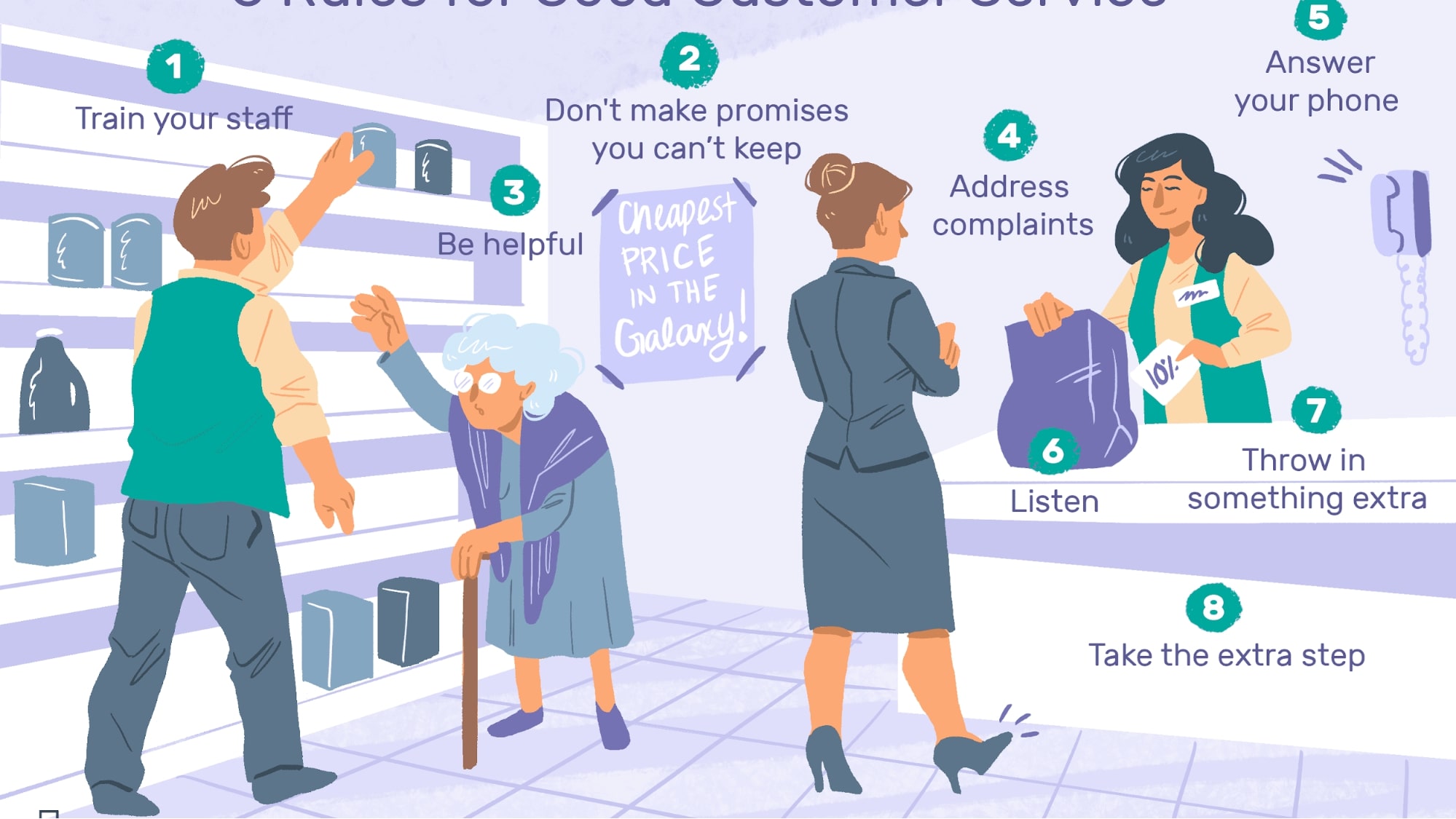
Unlike goods that are easy to brand in recognizable and meaningful ways, services are a little more difficult to brand. But that doesn’t mean that you can’t do it effectively — you just have to be able to think outside of the box.
Service branding also takes the form of “extras,” such as an insurance firm sending discount checks to all its customers at the end of the year or a hotel providing free cookies at the concierge counter. Also, service branding can come in the form of meeting unique standards that set a company apart from its rivals, such as a cable company that connects consumers with actual customer service representatives rather than automated prompts when they call.
The point is that by having these extras, you are teaching customers to associate their brand with a certain user experience and to motivate them to come back to get that experience again.
A brand must consciously go beyond and beyond by offering unexpected opportunities to stand out from the crowd in other industries. Whether a service is its sole offer or anything offered alongside tangible goods, any business providing a service needs to build trust with its customers, particularly when not all services have immediate results. They can do this to communicate with their customers on a deeper, more emotional level.
Take Air New Zealand, for instance. This airline brand like VisaFly has built up a reputation as a satirical airline, largely by seeing stuffy, traditional airline safety videos as amusing, unorthodox marketing opportunities. At the height of The Lord of the Rings and The Hobbit’s cinematic popularity, when tourism in New Zealand grew tremendously, Air NZ collaborated with filmmakers to become “the official airline of the Middle Earth.”
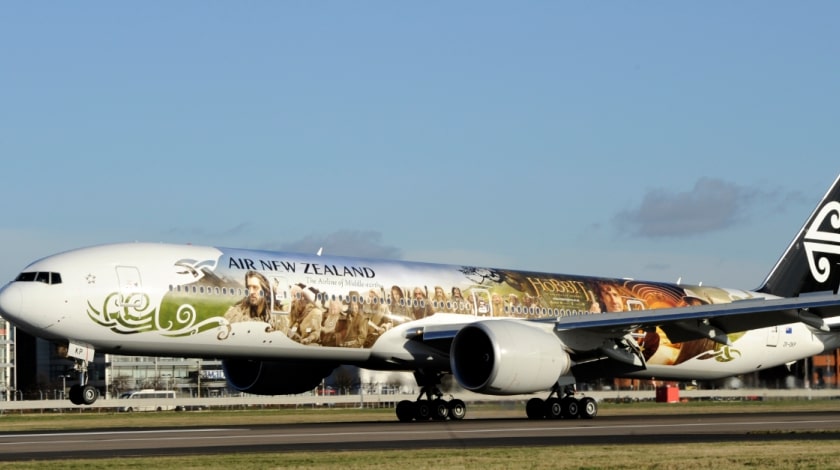
This partnership spawned an A-list air-safety video featuring the most-loved movie stars of LOTRs. In 2014, when Sports Illustrated Swimwear Issue marked its 50th anniversary, the airline re-created a new safety video featuring big international supermodels such as Chrissy Teigen.
The latter example may do cause some controversy for the airline brand, but both promotions separated Air NZ from rival airlines: these well-timed marketing collaborations resonated with potential customers through their sense of humor, and eventually promoted Air NZ as a premium, contemporary airline offering such a friendly customer experience that it exceeds expectations of any standard airline.
Retail branding
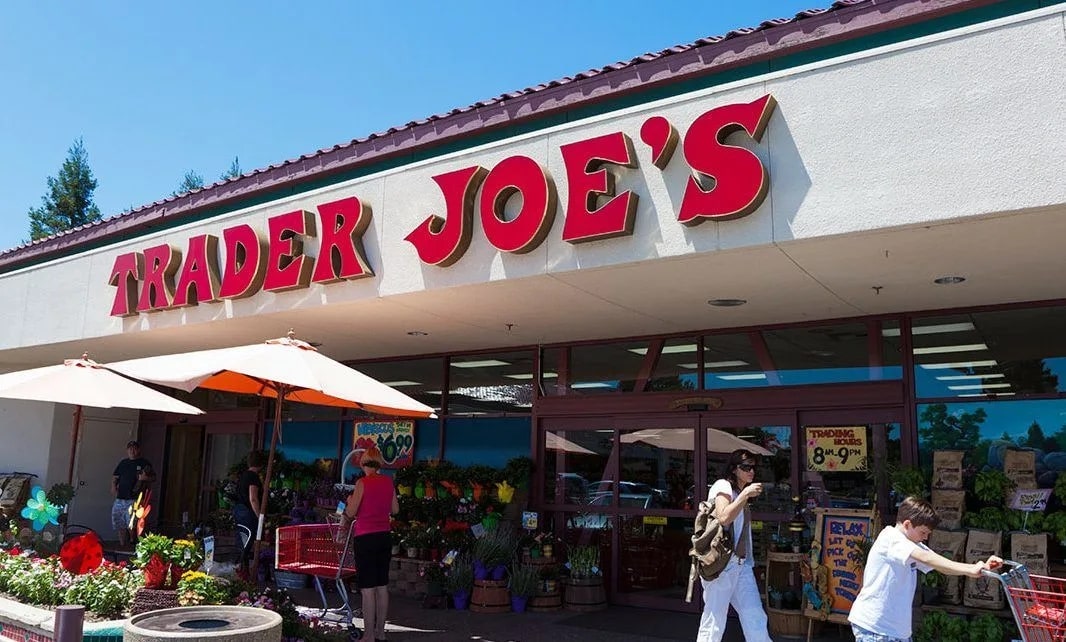
When you walk into a brick-and-mortar shop, the store’s physical appearance has a look and feel unique to the company. That is retail branding in practice. Intentional design choices such as layout, light fixtures, lighting, music, show fixtures, and even the flooring type are all carefully chosen to create a living brand experience for any shopper who enters the store.
Retail branding is a must for any company operating in a physical location. Ecommerce has seen a massive rise in recent years, and this pattern is not changing any time soon. So, to keep shoppers coming in the doors, retailers need to upgrade their branding strategies and turn their stores into experiences that customers want to come back and relive.
Trader Joe’s is a really good example of a supermarket doing retail branding. Based in America, the average Trader Joe’s is smaller than other supermarkets, providing a more connected, intimate feel. The location-specific decor displays add a part of the city’s unique culture to the shop, and the coffee and food samples make every trip a delightful adventure. These are things eCommerce obviously can’t replicate; they are the cornerstone of good retail branding.
Cultural and geographic branding
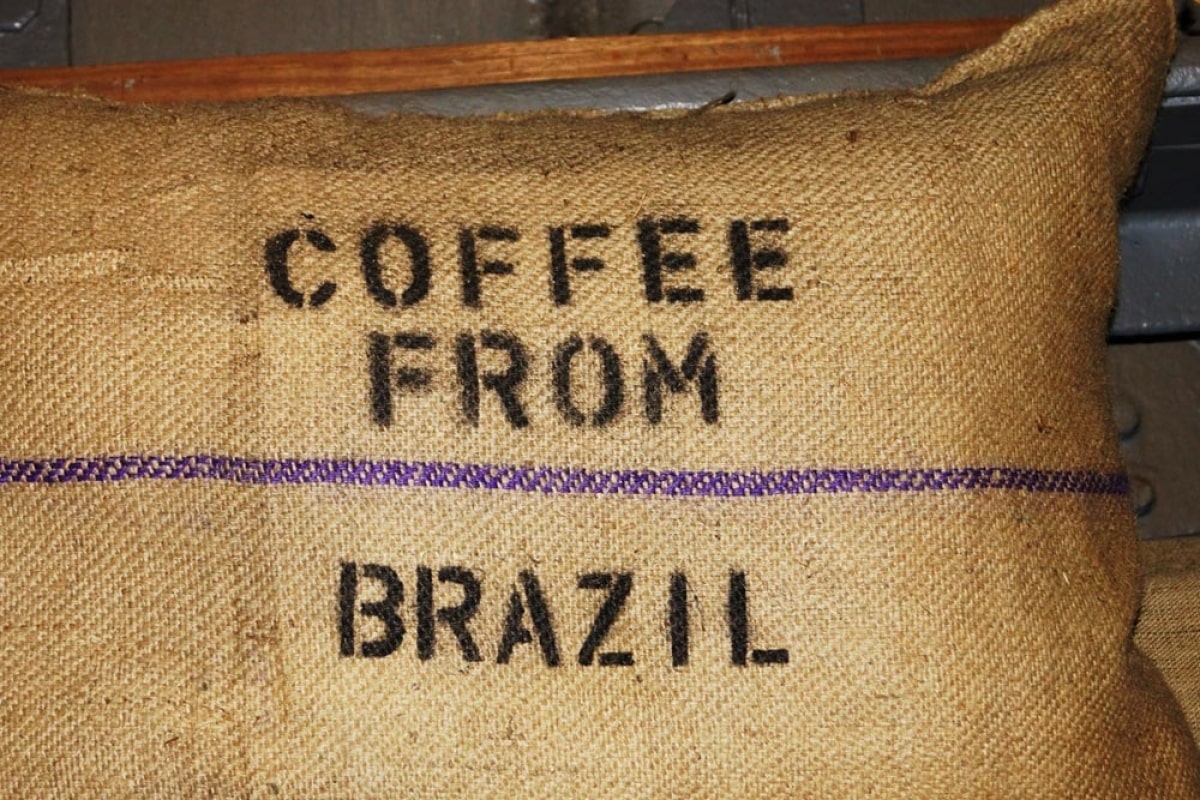
In reality, cultural and geographic branding are two different but related forms of branding. Both are very common in the tourism industry. Geographic branding is typically used for cities, states, regions, and even nations. Think of “I Love New York” as a sign of Paris in New York City and the Eiffel Tower. Cultural branding works similarly but focuses on the country’s cultural dimensions over the geographical ones. Think of “a sidewalk café” versus the Eiffel Tower to represent Paris or “Japanese tea ceremony” versus Mount Fuji to represent Japan.
But what kind of companies will benefit from cultural and geographical branding? Tourism and tourism-adjacent companies, such as hotels and airport taxis for sure, but also any kind of company that makes its area of origin the focal point of its branding. A tea company that ships tea from India around over the world could tap into some cultural branding by, say, using the colors of the Indian flag in their logo, or a Sweden up-and-coming watch brand could tap into the influence of Swiss watches by integrating images of the Alps into their website design.
Corporate branding
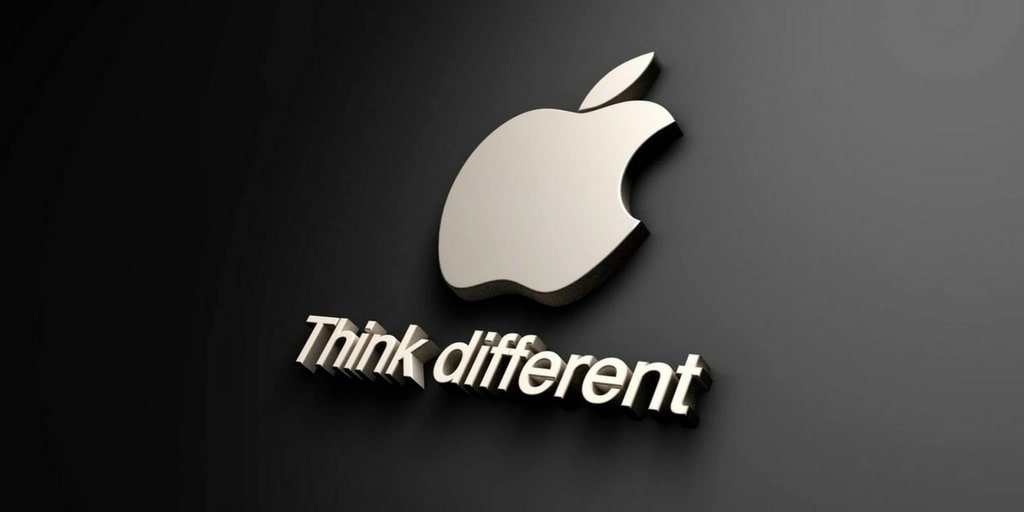
If a company is an individual, their corporate branding is the way they convey their personality. Corporate branding, much like other forms of branding, is a set of design choices and acts that convey key points about the brand, such as:
- Mission
- Values
- Price point
- Ideal consumer
- Exclusivity
Corporate branding goes beyond website design and advertisements. It includes how an organization handles itself socially and professionally, such as collaborating with particular charities or responding to current events. Corporate branding most frequently refers to the company’s recruitment efforts and corporate culture, which eventually influences the public’s understanding of the brand.
One prominent example of a company with strong corporate branding both internally and externally is Google, which notably provides workers with all they could possibly need — free lunch, on-site medical care, free travel, and a generous amount of paid parental leave, a more — while being one of the most widely known brands in the world. For any prospective employee, the very thought of working with Google sounds more like an opportunity than a job; it’s an opportunity to be part of one of the most dynamic, creative companies on the planet.
Online branding

Online branding, as the name suggests, is branding that takes place online. Unlike particular types of branding, such as personal or product branding, online branding is a broad term that applies to all types of branding that exist on the Internet. It’s how individuals position themselves on social media, it’s the kind of online advertising a service provider runs, or it’s all the design choice that goes into email newsletters, responsive web design, landing pages, and instant message responses.
For companies with both a brick-and-mortar and a digital footprint, successful online branding also feels like an extension of the company’s offline branding. Digital customer care guidelines, for example, often include using the same terminology as the brand’s in-store associates will. Otherwise, you can find that a brand’s digital design choices can imitate those of a physical store, taking its offline ambiance online.
If online branding is a part of your branding strategy (it has to be in this day and age) the trick to doing it right is to make sure it blends into your larger brand identity like a glove. Moving from a soft, minimalist eCommerce website to a brash, overloaded packaging design can be really jarring for customers when they receive goods, undermining your attempt to establish a positive relationship between them and your brand.
Think of all the positions that will appear as you plan your branding. You’re going to need to think about how you’re going to convey the brand on and offline and, more importantly, where it will appear in all of these areas. Your website and social media profiles are specific, but what about print ads? What about the products that your target audience would love? Think of your favorite brands and all the ways you connect with them. How does their branding vary from one location to another while remaining consistent? Walking through an Apple store isn’t the same experience as swiping through your iPhone, but both sound like they’re somehow connected. That’s branding.
Offline branding
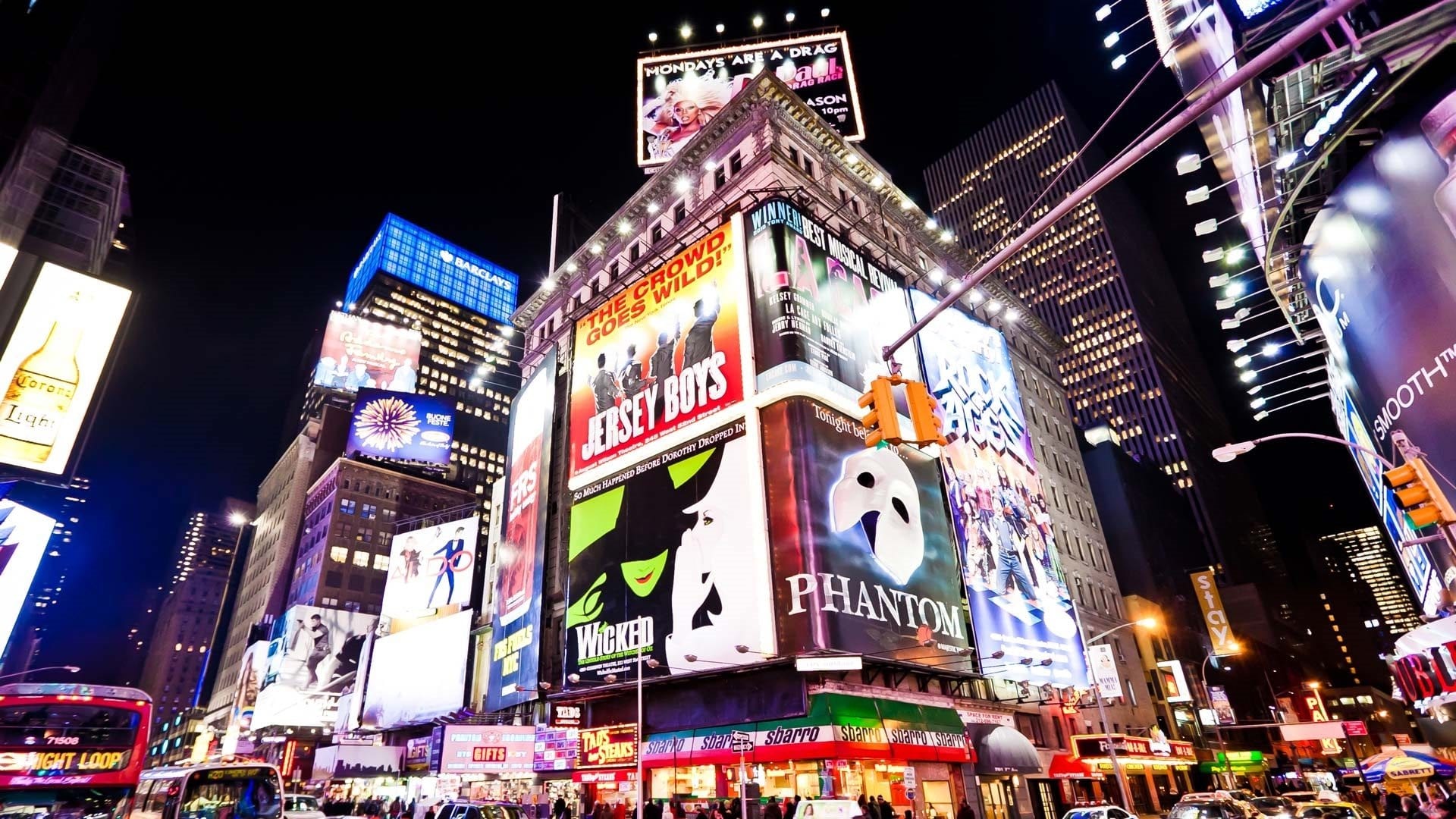
In case it’s not clear from the name, offline branding is branding that takes place offline. Just as online branding can have forms of branding, such as personal branding, product branding, corporate branding, and cultural and regional branding, offline branding can also have such branding types as well.
Merchandise and print materials are offline branding. Retail branding is offline. So there’s a personal branding that you might carry to a customer meeting or an industry conference. It can also include your wardrobe, your choice of place for customer meetings, the model you select for your company’s vehicles, and even the brands of equipment you and your staff use.
It’s not rare to promote your choice of brands with your own branding strategy—a notable example is McDonald’s selling Coca-Cola products. Compare that to Taco Bell selling Pepsi products. One collaboration is between two family-friendly, fun, red brands that suit our perception of classic American. The other one is a bit more niche, a little more edgy, and not at all concerned with not being #1.
Final words
As you can see, there are many different forms of branding that businesses and other organizations use to present to the world who they are, and most companies use more than one form of branding. Think of Starbucks they don’t have only their locations into their branding, but they have built a consistent atmosphere in every store, and they’ve established a name for themselves as an amazing place to work. I hope this article has provided you with valuable information about types of branding strategies.
Please feel free to leave comments below for a further discussion on this topic.
New Posts






